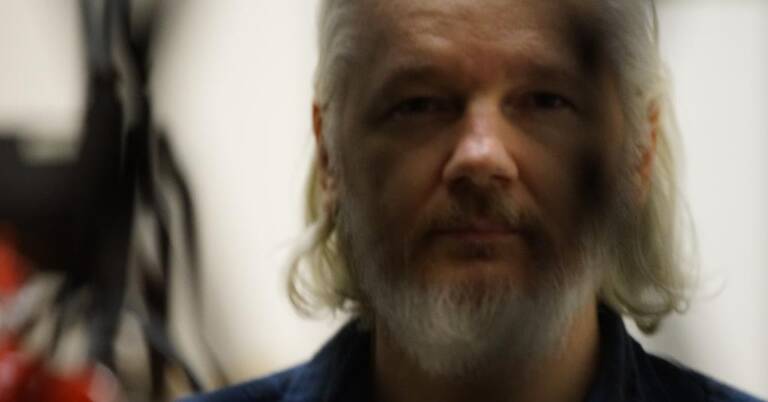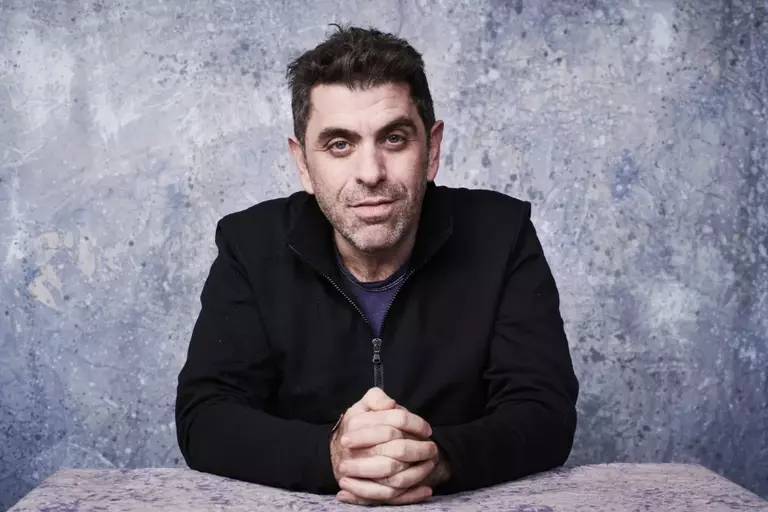
Cast: Anna Cobb, Holly Anne Frink, Michael J Rogers
Review by Ben Thomas
We are introduced to Casey (Anna Cobb), an atomised teenager, who takes the initiation for an online role-playing horror game, the World’s Fair. In a startling opening sequence, she watches a series of rapidly pulsating lights, slices the end of her finger, drawing blood, and says she wants to “go to the world’s fair” three times. Casey documents her changes in a series of subsequent videos. The game is supposed to make you go mad.
What is the World’s Fair? Indeed, where is the World’s Fair? The brilliance of the central idea is in its disconcerting ambiguity. The game has a rough history, as explained by JLB (Michael Rogers), a dark-web voyeur who Casey increasingly converses with. The World’s Fair was originally released in 1994, an apparently simple game of never-ending roads.
Its relationship to the horror game Casey plays is not defined, aside from the mention of the Strange Loop theory: that something is without levels, or at least no higher or lower levels, with players unknowingly returning to their starting point. Are we witnessing a self-referential, virtual world of feedback loops, echo chambers and liar’s paradoxes? The architecture is uncertain.
The World’s Fair—whether located above, beyond or within—deals with depersonalisation, alienation and the exploration of frightful things. The film, influenced by the Slender Man Stabbing in 2014, in which two children attempted to kill a schoolmate, is infused with the threat of dreams, paranormal activity and possessions.
A series of videos, made by the players, document the World’s Fair symptoms with varying realism. These include a complete loss of pain, a body turning to plastic and an arm which becomes a ticket dispenser. There is mysticism and the occult here, but also an interaction with (anti-) social and spiritual darkness.
The story is driven by self-reflexivity. Laptops are used like mirrors, revealing new angles, refracting our gaze. Casey puts out a version of herself, but she also sees a version of herself looking back. She records herself sleeping, in sleep journals, and sees distorted images of herself sent by JLB. Throughout, however,
Casey appears vacant and desensitised—reaction shots don’t show definitive reactions. She fantasises about disappearing, someday soon, without a trace. Much is communicated through close-ups, as expected from an internet-based webcam-centred story, but there are also notable long takes which integrate slow zooms with agonising perfection.
Casey, speaking about her past, mentions a love of horror stories and the presence of evil spirits. But, most importantly, she speaks about a separation between awareness of her actions and control over them. She previously experienced a state of disassociation where she, for example, didn’t feel anything though knowing she was cold and didn’t feel the desire to move out of the way of an onrushing car.
Elements of the story incorporate Schoenbrun’s own experience of transition, and there are moments, such as when Casey is having to promise she’s not making things up, that feel incredibly poignant in parallel.
Fundamentally, the world of the World’s Fair is one without community and family. As the opening credits roll, we are moved through shots of empty car parks, landscapes and motorways. There is nobody and nothing of interest. We never see any of Casey’s family members in the film, we only hear her father shouting as she watches a video too loudly at 3am.
In another scene, the voice of a reassuring mother-figure is revealed to be an ASMR video, projected and distant. Role play has replaced reality, or—at the very least—role play has become an intimate part of reality.
A change of perspective from Casey to JLB emphasises the absence. He runs a cursor over Casey’s body, the mouse an imperfect surrogate for lost intimacy. We’re All Going To The World’s Fair is a sublime encapsulation of the certainty and charade of the internet.






